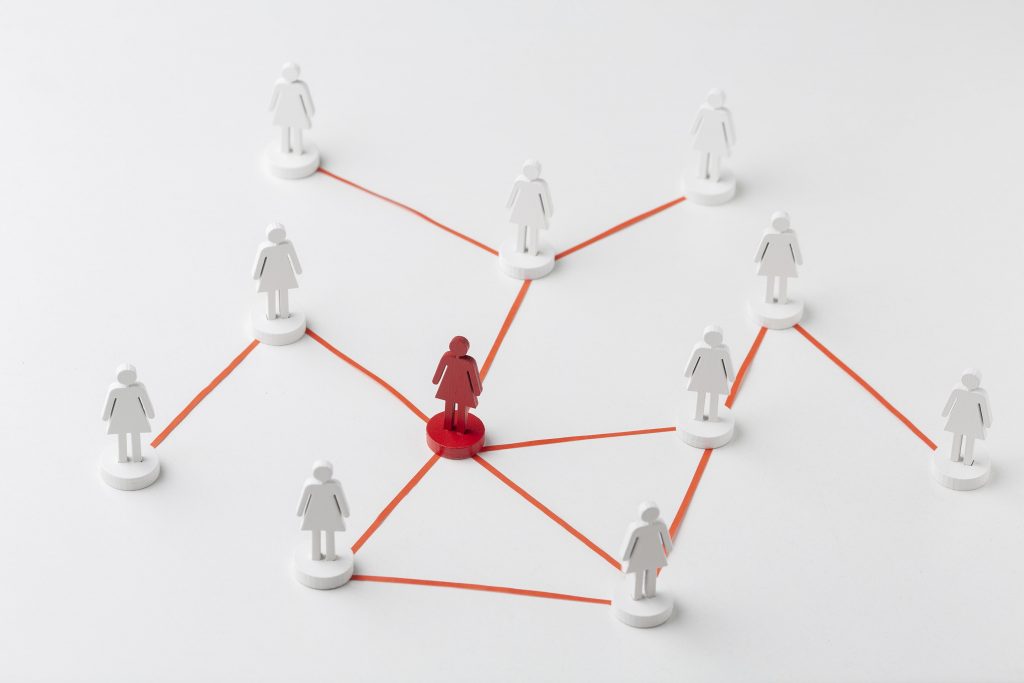Web3 has the power to connect people. But you need cultural diversity first.

Music connects people.
Or sport.
Or gaming.
Or movies.
Or just about anything, especially if you move it to Web 3 and top it off with cultural diversity.
Why?
Because Web 3 is engaging and immersive.
But the journey to meaningful and lasting connections with your global users starts only when you infuse your digital product with culture and language.
Have a look at the examples below to see how various brands used culture and language to their advantage.
No 1: Music in Web3
In 2021, the first edition of Decentraland Music Festival attracted nearly 50,000 users from across the world. This 4-day event featured more than 80 artists performing on uniquely designed virtual stages.
While many factors contributed to the success of the event, one thing is sure: inviting musicians from diverse countries and cultures helped to draw global visitors. International stars such as Paris Hilton or Deadmau5 definitely brought in a lot of people, but many visitors were thrilled to see less popular artists coming from various genres and countries.
The diverse lineup helped to connect people from diverse backgrounds.
No 2: Gaming in Web3
Alien Worlds, a free-to-play Web3 game, boasts an impressive 230,978 daily average unique users. Exciting features, easy navigation, and the possibility to earn tokens undoubtedly contribute to this phenomenal success, but there’s one more factor that made the game widely popular: a strong and diverse community.
Although the user interface is available only in English, the game’s Discord platform enables users to communicate in as many as 18 languages. In this way, the community members can express ideas in their native languages and connect with other fans.
On top of that, the team is planning to localize the game to make sure it’s more accessible to non-English speaking audience.
Diverse communication helped to connect the brand with global users.
No 3: Sports in Web3
Sports fans love trading cards. Based on this assumption, Sorare built its trading card and fantasy football hybrid platform where users can trade cards from digital collections, create teams, and compete to win prizes. Currently, the platform has more than three million global players.
While Sorare’s success is attributed mainly to an innovative combination of football and digital technology, UI localization also played a key role in attracting global users. The platform is available in nine languages and to make sure that the game can satisfy the needs of international visitors, the Sorare team partners with top football organizations from around the world. In this way, every fan can connect with their favorite teams, players, and leagues. Some can even do that in their local languages.
Meeting diverse preferences and language needs helped to create a diverse user community.
Your Web3 product—a game, virtual experience, platform, or dApp—has the potential to connect people. It can also capture the attention of a global audience, once you look beyond one language and one region.
That’s why localizing your product and making sure your users can communicate in their native languages play such an important role.
Are you ready to infuse your Web3 product with cultures and languages? We’re here to help you connect with your global audience. Reach out to us to unlock a world of possibilities and make your digital vision truly global.
About the author: Dorota Pawlak
Dorota Pawlak is a localization consultant for digital and Web 3.0 brands. She enjoys helping businesses enter new markets and is passionate about cultures, languages, and technology.
Share with friends